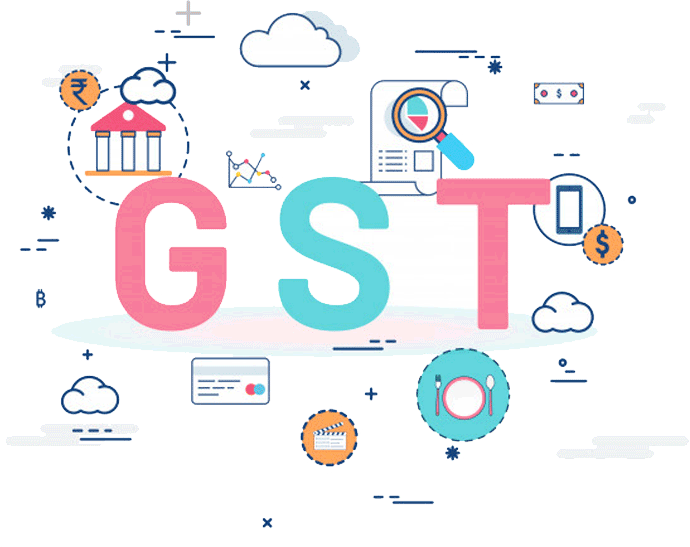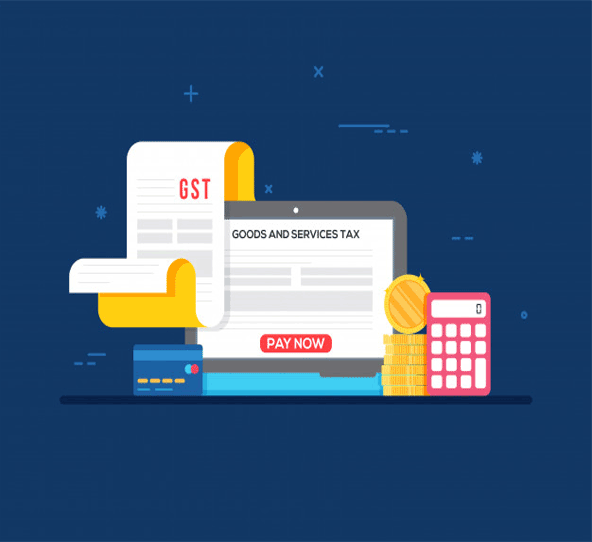
GST Governance – India
This resulted in a reduction in the overall tax burden on goods, which was earlier estimated to be around 25%-30%. Introduction of GST also makes Indian products competitive in the domestic and international markets. The GST system is widely appreciated because of its transparent and self-policing character and for removing many tax barriers that effectively blocked the development of many sectors of businesses.
The GST was introduced in India after amending the constitution taking more than 10 years of deliberations and stakeholder inputs into consideration. GST administration and management can be done using efficient GST software tools and significantly reduces the burdens of the business community.
The Article 279A (4) give powers to recommendations to the Union and the States on important issues related to GST, like the goods and services that may be subjected or exempted from GST, model GST Laws, principles that govern Place of Supply, threshold limits, GST rates including the floor rates with bands, special rates for raising additional resources during natural calamities/disasters, special provisions for certain States, etc.
The Union Cabinet approved setting-up of GST Council and setting up its Secretariat in its meeting held on 12th September, 2016.
GST Council meet periodically and deliberate on key issues related to GST. In meetings, there will be amendments or changes to the GST rules and they are published in the following link.
GST Management
If an organization carries on business without registering under GST, is an offence under GST and can be penalised.
You can register for GST online through a government portal, or you can register at a GST Seva Kendra.
Anyone who is registered under GST, are eligible to claim Input Credit for tax paid on PURCHASES.
Conditions to be satisfied by the registered taxable person for obtaining Input Tax Credit are as follows :
(a) Tax invoice or debit note or such other tax paying documents.
(b) he has received the goods or services or both;
(c) the supplier has paid the tax charged in respect of the supply to the government;
(d) he has furnished the return under section 39.
The HSN will help every taxpayer to search the GST rate by just entering the HSN code after that the system will automatically show the tax rate applicable on the commodity under the GST.
Taxpayers whose turnover is above Rs. 1.5 crores but below Rs. 5 crores shall use 2-digit code and the taxpayers whose turnover is Rs. 5 crores and above shall use 4-digit code.
Taxpayers whose turnover is below Rs. 1.5 crores are not required to mention the HSN Code in their invoices.
SACs are issued by Central Board of Indirect Tax to classify each service so as to identify the applicable rate of tax on the respective services. These SACs are used at the time of generating invoices for the services rendered.
GST Council Latest Updates
FAQ
The tax would accrue to the tax authority which has jurisdiction over the place of consumption which is also defined as place of supply.
- Facilitating registration
- Forwarding the returns to Central and State authorities
- Computation and settlement of IGST
- Matching of tax payment details with banking network
- Providing various MIS reports to the Central and the State Governments based on the tax payer return information
- Providing analysis of tax payers’ profile
- Running the matching engine for matching, reversal and reclaim of input tax credit.
The GSTN is administering the common GST portal and applications for registration, payment, return and MIS/ reports. The GSTN would also integrated the common GST portal with the existing tax administration IT systems and built interfaces for taxpayers. Further, the GSTN is developing and releasing back-end modules like assessment, audit, refund, appeal etc. for 19 States and UTs (Model II States). The CBIC and Model I States (15 States) are themselves developing their GST back-end systems. Integration of GST front-end system with back-end systems is also completed and tested well in advance for making the transition smooth.
SGST: State Goods and Services Tax collected by States and applicable for all transactions within a State
IGST: Integrated Goods and Services Tax, paid on all inter-state transactions, or import of goods into India, collected by the Center
Central Excise duty
Additional Excise duties
Excise Duty levied under the Medicinal and Toiletries Preparation Act
Service Tax levied under Chapter V of the Finance Act, 1994
Additional Customs Duty, commonly known as Countervailing Duty (CVD)
Special Additional Duty of Customs (SAD)
Central Sales Tax
Surcharges
Central cesses.
The state taxes subsumed under GST are:
VAT/Sales tax
Entertainment tax (unless it is levied by the local bodies)
Luxury tax
Taxes on lotteries, betting and gambling
State cess and surcharges in so far as they relate to supply of goods and services
Entry tax
Octroi/Local body tax



